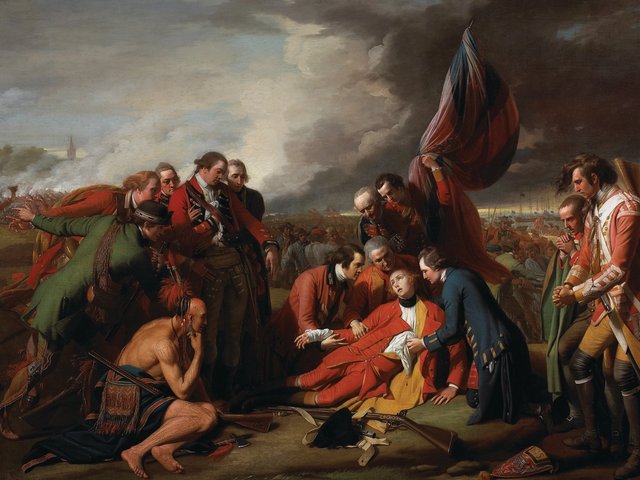When I received this volume for review, I was initially apprehensive that it might be a criticism of my profession by an author who does not practice it. Paul Taylor is a curator of photographic collections, not a paintings conservator whom one might expect to tackle this subject. But Taylor’s research has, in fact, been thorough, and his presentation of the various agents of deterioration of paintings is complete and for the most part unbiased.
Condition: the Ageing of Art, with the curiously flat title, is a three-dimensional look at the structure of paintings. The subtitle is misleading, as the content is almost exclusively about paintings.
As Taylor acknowledges in his introduction, the book is familiar territory for conservators; his primary audience is the art historian or student who has not had the benefit of attending a course in conservation. As such, it fulfills its mission and takes its place on the small but growing shelf that holds similar volumes such as Seeing Through Paintings by Andrea Kirsh and Rustin Levenson (2000), and the J. Paul Getty Museum’s Looking at Paintings by Dawson Carr and Mark Leonard (1992).
The author begins his discussion of the lining of paintings, for instance, by pointing out quite astutely that if the overcleaning of painted surfaces has been roundly criticised, it is quite possible that the phenomenon of inexpert linings has been generally under-
acknowledged. Rather than dismiss the technology that has over the centuries sought to attach one canvas to another, Taylor walks the reader through the history of lining methods. He then considers various success stories and failures based on his first-hand appraisal of various collections, most of them in London. If conservators are often quick to judge our predecessors for their unsuccessful interventions, Taylor has taken pains to acknowledge the limitations of the technology available at different periods in the history of art restoration.
Chapters that include thorough and readable descriptions of artists’ pigments and supports are complemented by comparative illustrations of high quality. If the points made about the various conditions of paintings are sometimes difficult to illustrate without seeing the original, Taylor has made a valiant effort to choose paintings and condition photographs that will serve to make his points most clearly.
The author’s choice to light a fire under a long-dead controversy a few pages before his conclusion is a curious one. James Beck’s notorious criticism of the cleaning of the ceiling of the Sistine Chapel in the 1980s brought the term “art restoration” into the consciousness of the lay public—and not in a positive way. Regardless of whether or not the uninitiated reader is convinced by Taylor’s conviction that the Vatican restorers removed Michelangelo’s secco touches, his choice to give the matter terminal emphasis in this volume seems ill considered.
• Will Shank works privately in collections care from his base in Barcelona, and is the co-chair of the US initiative Rescue Public Murals
Condition: the Ageing of Art
Paul Taylor
Paul Holberton Publishing, 264pp,
£30 (pb)


